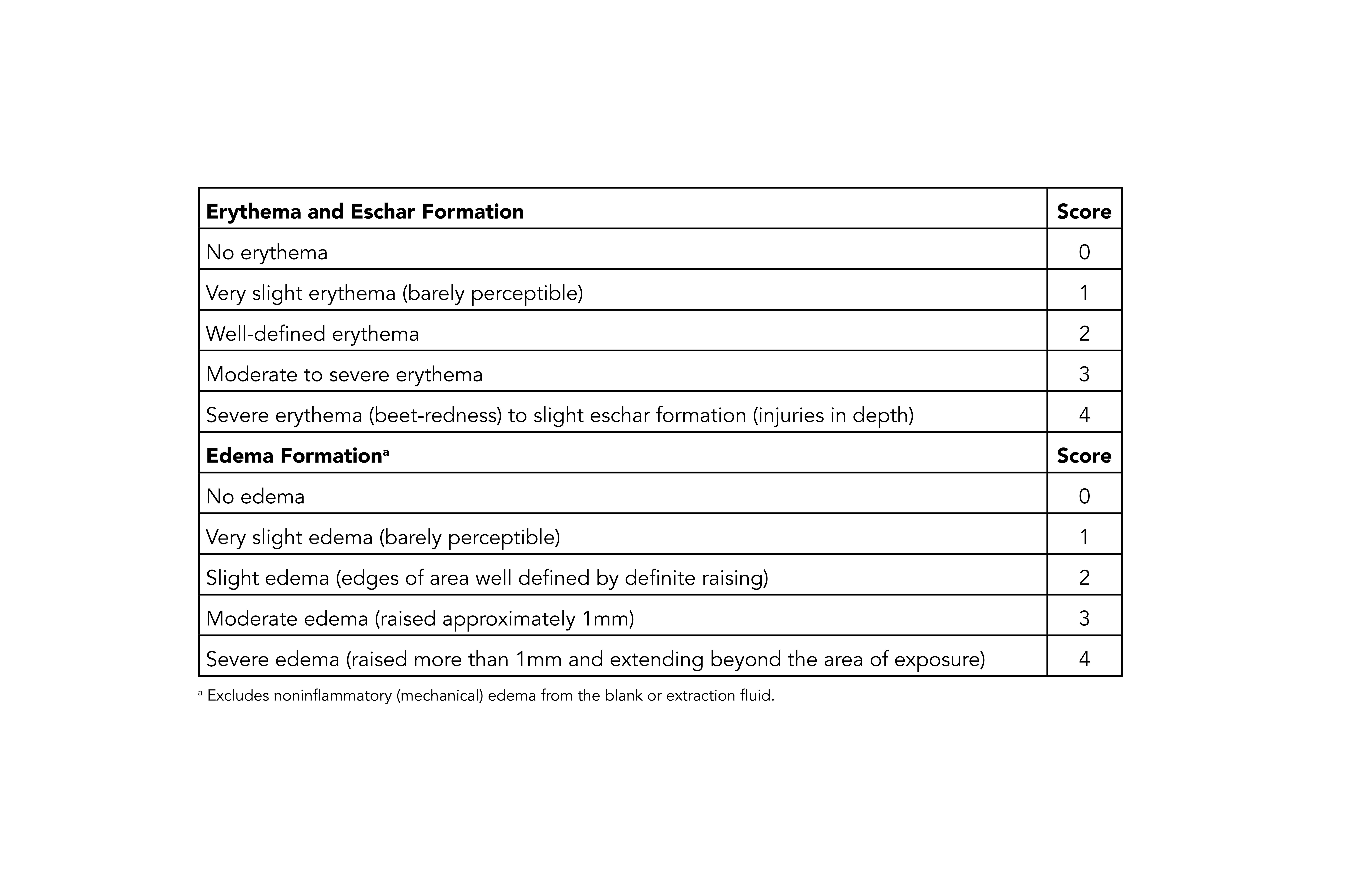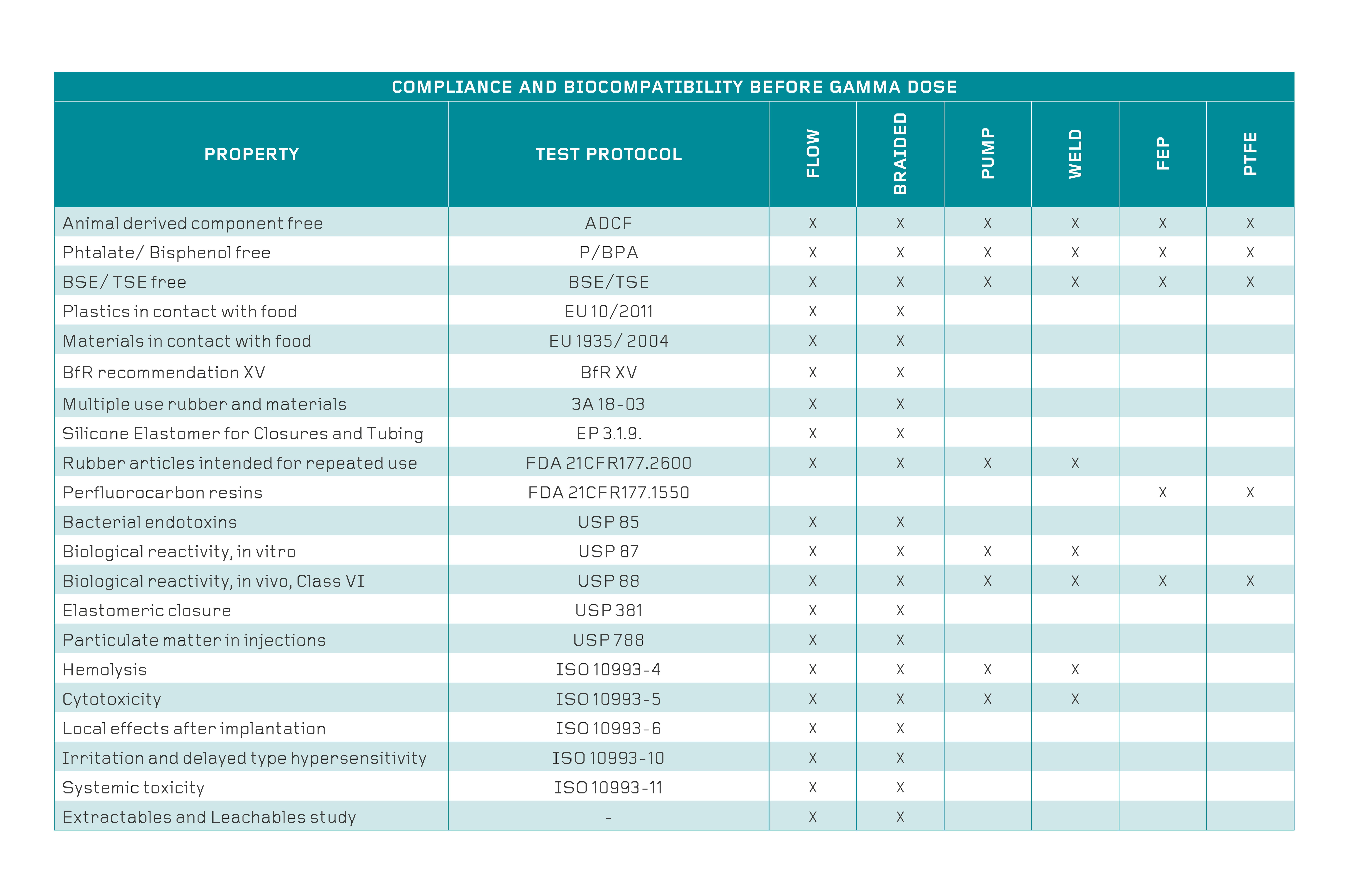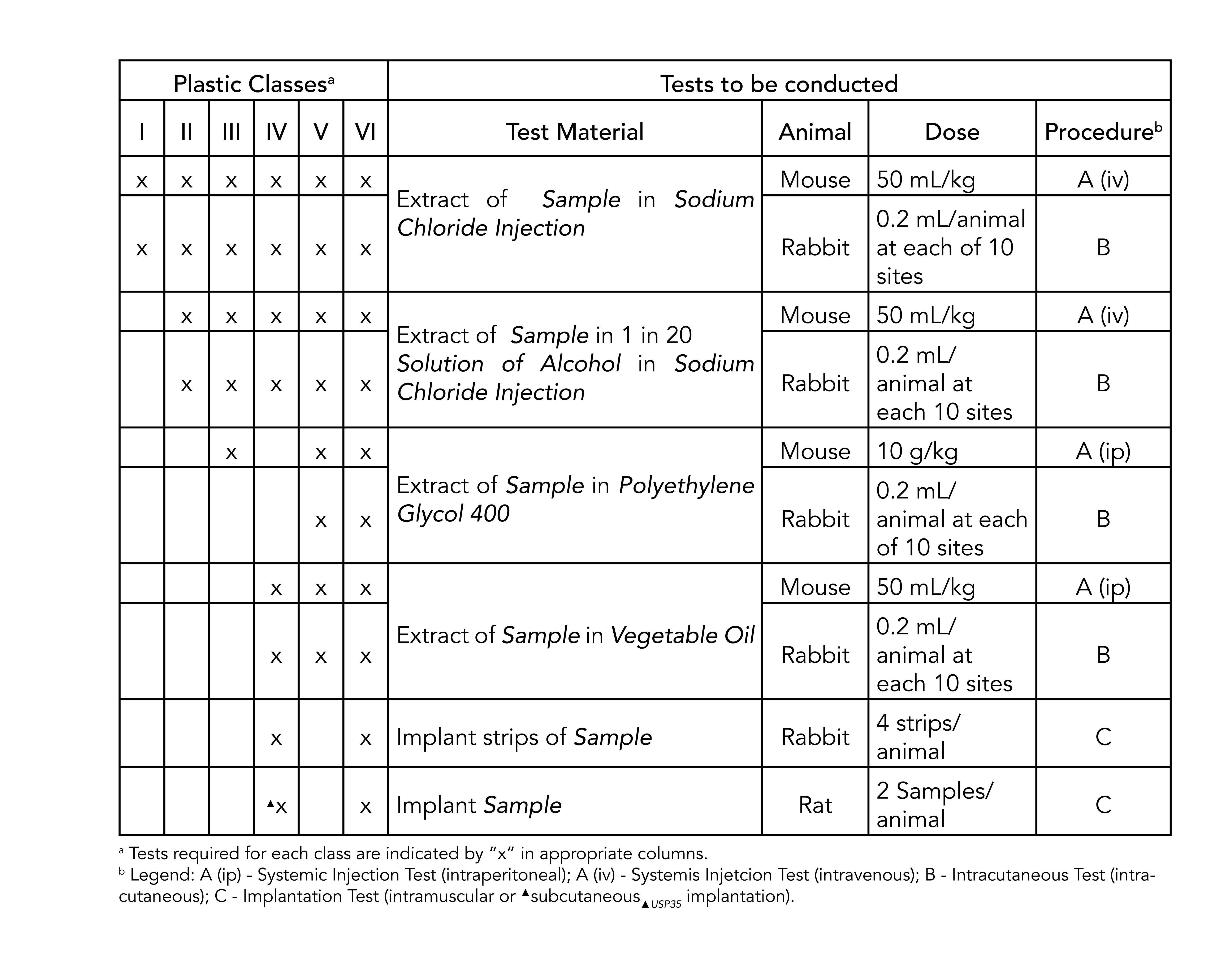usp class vi vs iso 10993
Up-to-date materials manufacturers provide both USP and ISO 10993 test data to support both pharma and device customers. In fact USP Class VI is sometimes seen as a minimum requirement for biocompatibility.

What Is Iso 10993 How Is It Different From Usp Class Vi Ppt Download
For this reason the FDA provides a standard 21 CFR1772600 defining allowable rubber compound ingredients and extractibles based on toxicity and carcinogenicity.

. We carry a wide range of materials from the worlds top medical resin suppliers including USP Class VI and ISO 10993 certified biocompatible resins with full FDA Master File support. USP class qualification no longer plays any role in medical device materials evaluation. USP Class VI Regiment Irritation Systemic Injection Implantation 1 week Biological Evaluation Plan BEP.
There are six classes VI being the most rigorous. USP Class VI demands an intracutaneous irritation test. The materials listed below are ideal for.
Unlike other rubber standards theres no one standard that engineers use for an approval. A number of our plastic materials are ISO-10993 or USP Class VI capable. This is their current stance today.
While it is possible a USP Class VI material could also be ISO 10993 compliant its not a given and USP Class VI alone is not sufficient for adherence to ISO 10993. In fact USP Class VI has been largely superseded since the release of ISO 10993 in 1995. At Venair all our tubing has a Validation Guide upon request as can be seen in Table 3.
Systemic injection test Intracutaneous test Implantation test USP standards for the first two tests in the list above are nearly identical to ISO-10993 standards for. These include the United States Pharmacopoeia IV USP Class IV Biological Reactivity Test and the International Standards Organization 10993 ISO 10993 Biological Evaluation of Medical DevicesISO 10993-22006 is aimed at those who commission design and perform tests or evaluate data from animal tests undertaken to assess. To begin let us address just what biocompatibility is.
ISO-10993 is a standard that utilizes systemic toxicity and intracutaneous reactivity testing. That said the lack of risk assessment in USP Class VI can be a problem. Sealable and weldable either pre- or post-sterilization C-Flex 072 provides prolonged pump life Sterilizable by gamma irradiation and autoclave Product Validation Test Summaries available upon request Moldable bondable and formable for single-use assemblies and overmolds Temperature.
Biocompatibility testing biocompatible materials biocompatible rubber ISO 10993 medical molder medical molding medical silicones USP Class VI. A more rigorous standard for the biological evaluation of medical devices is ISO-10993. 3D printing of one day crown prep guides.
USP Class Testing standards are determined by the United States. Our portfolio approach offers the most expansive selection of medical resin materials in the industry balancing performance cost. The guidance memo wasis G95-1.
Because neither USP Class VI nor ISO 10993 are synonymous with biocompatibility testing asking for a. In 1995 the FDA adopted ISO 10993 as its biocompatibility approach. So does ISO 10993.
Depending on the devices use the sterilization process might obligate you to do ISO 10993. You might establish biocompatibility via making the device of a Recognized Consensus Standard material using a validated process that does not degrade that material or by ISO 10993 testing. That being said if you cant get an ISO 10993 compliant material often because the material simply hasnt been tested using a USP Class VI material is a less risky option.
ISO 10993 is designed for medical products that remain permanently or for a very long time in the human body so for shorter applications a USP Class VI or even a lower USP Class certification is often sufficient. Typically the terms USP Class VI or ISO 10993 materials are used. The most stringent Class VI requires three types of tests.
Biological evaluation of medical devices Part 1. Take an ASTM D2000 call out. Duration similar to ISO-10993 and each class has a different set of testing requirements.
These documents were preceded by the Tripartite agreement and is a part of the international harmonisation of the safe use evaluation of medical devices. USP Class VI Testing is only one standard of biocompatibility however. 3D printing of dental and orthopedic surgical guides.
Testing for medical devices should be conducted using rinsingeluting and sampling techniques as described in ISO 10993-1 14 and ISO 10993-12 15 as. USP Class VI. The ISO 10993 set entails a series of standards for evaluating the biocompatibility of medical devices to manage biological risk.
For most patient-contact applications a material that meets US Pharmacopeia USP Class VI andor ISO 109933 will be required. A more rigorous standard for the biological evaluation of medical devices is ISO-10993. USP Class VI vs.
However Class VI also requires subacute toxicity and implantation effects which many ISO 10993 categories do not. Class VI testing is aimed to certify that there are no harmful reactions or long-term bodily effects caused by chemicals that leach out of plastic materials. This post will take a deeper look at what biocompatibility is and how it is defined by the International Standards Organization.
A rubber compound has set physical parameters it needs to meet. Though not a limited series of tests some biocompatibility requirements for medical devices may exceed the testing performed in USP Class VI. USP Class testing is one of the most common methods of testing to determine bio-compatibility of materials.
A selection of Figure 4 VisiJet Accura and DuraForm plastic materials have met the requirements of ISO 10993-5 -10 or USP Class VI testing. Class VI and ISO 10993 are recommendations for testing based on the use of the final device. For the purpose of the ISO 10993 family of standards biocompatibility is defined as the ability of a.
USP Class VI ISO 10993-5 Cytotoxicity In-Vitro Features Benefi ts. Evaluation and testing within a risk management process. Most applications are fairly benign to elastomers.
Though not a limited series of tests some biocompatibility requirements for medical devices may exceed the testing performed in USP Class VI. Medical Silicone Rubber Molding and Silicone Rubber Mold Materials. If yes to the first question then USP Class VI is not a relevant qualification for it.
Then you need to understand the differences between ISO 10993 and USP Class VI and the nature of each standard.

Iso 10993 Vs Usp Class Vi Medical Molding And Bicompatible Rubber The Rubber Group
Usp31nf26s1 C1031 General Chapters 1031 The Biocompatibility Of Materials Used In Drug Containers Medical Devices And Implants

Usp Class Vi Foster Corporation
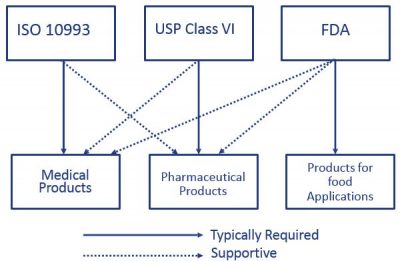
Material Selection Medical Injection Molding Xcentric Mold

Regulatory Guidelines For Biocompatibility Safety Testing Mddionline Com
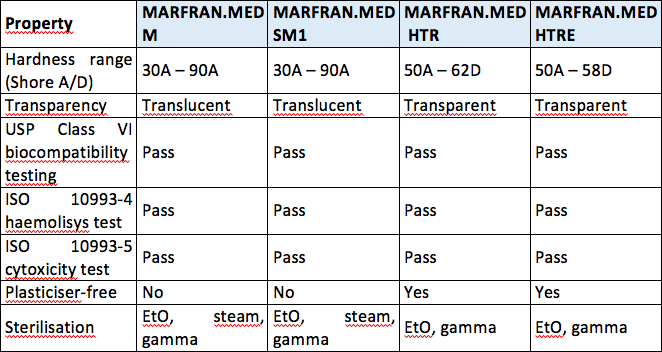
Brilliant Mind The World Of Tubing For Medical Use Medical Plastics News

What Is Iso 10993 How Is It Different From Usp Class Vi Ppt Download

Understanding Food Grade Vs Biocompatibility For Medical Device Materials Medical Product Outsourcing

Regulatory Guidelines For Biocompatibility Safety Testing Mddionline Com
Usp31nf26s1 C1031 General Chapters 1031 The Biocompatibility Of Materials Used In Drug Containers Medical Devices And Implants
